This Week in History recalls memorable and decisive events and personalities of the past.
10th October 1970 – Fiji becomes independent

For most people, if they know anything about the islands of Fiji it’s simply that they are a small group of tropical islands very far away. The islands, however, have a fascinating and long history stretching back thousands of years.
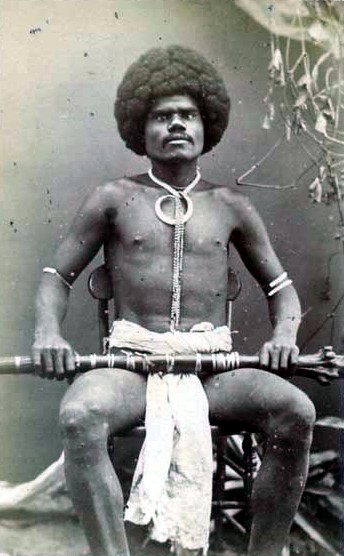
Archaeological finds show that Fiji was first settled by human beings sometime around the year 2000 BC.
The exact date is unknown, however, and may be as much as 1 000 years earlier or later.
These first settlers were likely Austronesians, a group originating in what is now the island of Taiwan, and which, over the course of around 3 000 years, settled a vast area of the planet stretching from Madagascar in the west to Indonesia, southern Vietnam and the Pacific islands as far east as Hawai’i and Easter Island, and as far south as New Zealand.
Not much is known about the early settlers of Fiji, except that they traded and fought with some of the people from neighbouring islands.
Sometime in the 900s the growing power of the Tu’i Tonga empire, based on the Tongan island group, expanded across all the islands within a 900 km radius of Tsonga, including Fiji, Samoa and Niue.
For the next 300 years the chiefs of Fiji would send tribute to the kings of Tonga and there was a great amount of cultural exchange. Tonga would leave a powerful cultural imprint on Fiji.
The people of Fiji developed excellent sailing boats for crossing the vast ocean which made up so much of their world.

They raised pigs and grew bananas and defended their towns with walls and moats. They even built small wooden aqueducts to supply water to their towns and villages.
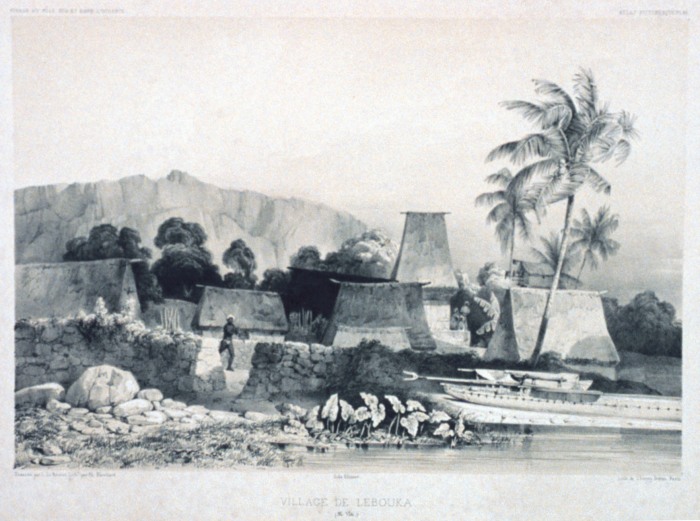
A feature of Fijian life which would later shock Europeans was the occasional practice of cannibalism. While most scholars agree that cannibalism was not very common, the precise reasons for it, such as whether dead relatives or hated enemies were eaten, remains disputed.
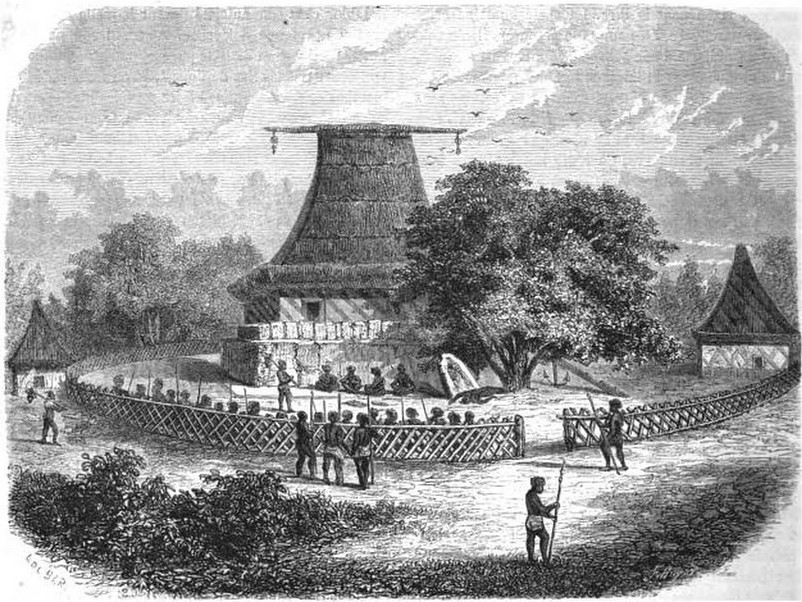
The details of the politics and history of Fiji until the arrival of Europeans are mostly unknown as the people of Fiji did not have writing, the only records of the goings on of kings and heroes being the tales passed down to us in a few oral traditions and stories.
The first European to visit the island was Dutch explorer Abel Tasman (for whom Tasmania in Australia is named) in the year 1643.
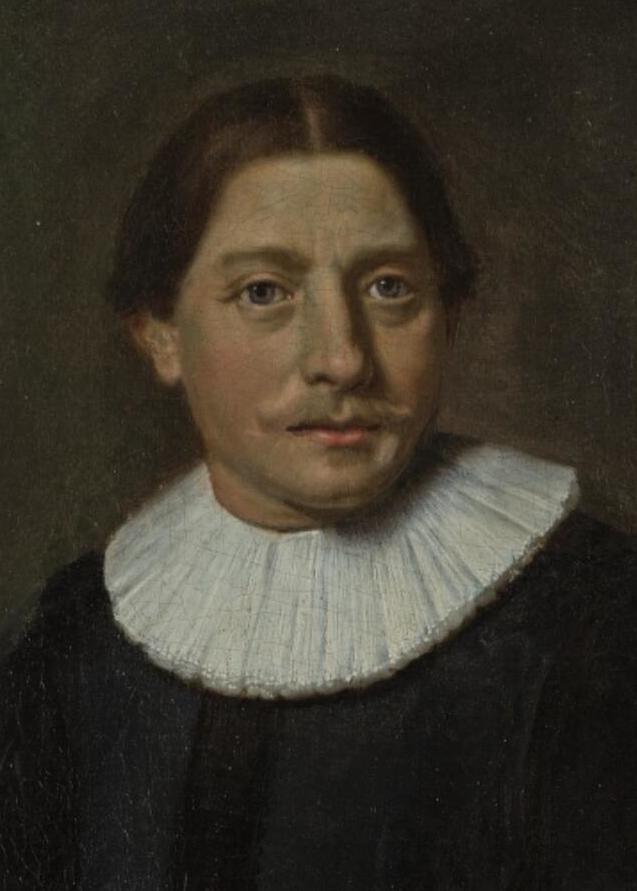

But it was not until British explorer James Cook arrived in the area in 1774 that any real historical mention is made of the islands again.
The islands were only plotted and mapped by Europeans when Captain William Bligh of the famous HMS Bounty, passed between the two largest of Fiji’s islands.

Serious European contact with the islands only began in 1799 when European merchants trading in sandalwood and sea-cucumbers and hunting for whales began landing on the islands.
A town was founded on one of the islands in the European style and was made up of both local peoples and Europeans.
Fijian people who worked with the Europeans were paid in muskets and ammunition in return for their help collecting the goods which the merchants sought.
Very quickly these few European visitors who consisted not only of the aforementioned sailors and merchants but also shipwreck survivors and drifters became involved with life and politics on the island, with some becoming mercenaries for local chiefs using European military skills and muskets to win glory for themselves. Some also assimilated into Fijian culture and adopted local customs and took Fijian wives.
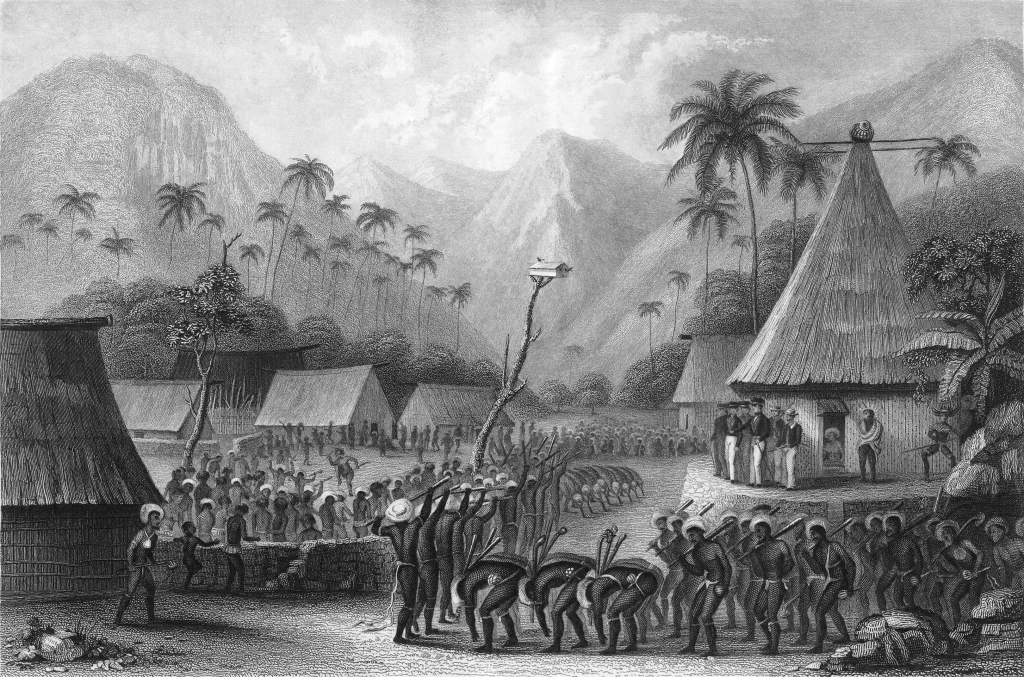
In the 1830 Christian missionaries began to arrive on the island in an attempt to convert the people of Fiji. Some Fijians enthusiastically embraced the new religion, while many of the chiefs were suspicious of it, seeing it as a threat to their power and way of life.
In the 1840s and early 1850s a rising Fijian war chief called Seru Epenisa Cakobau began to expand his control over the islands of Fiji.
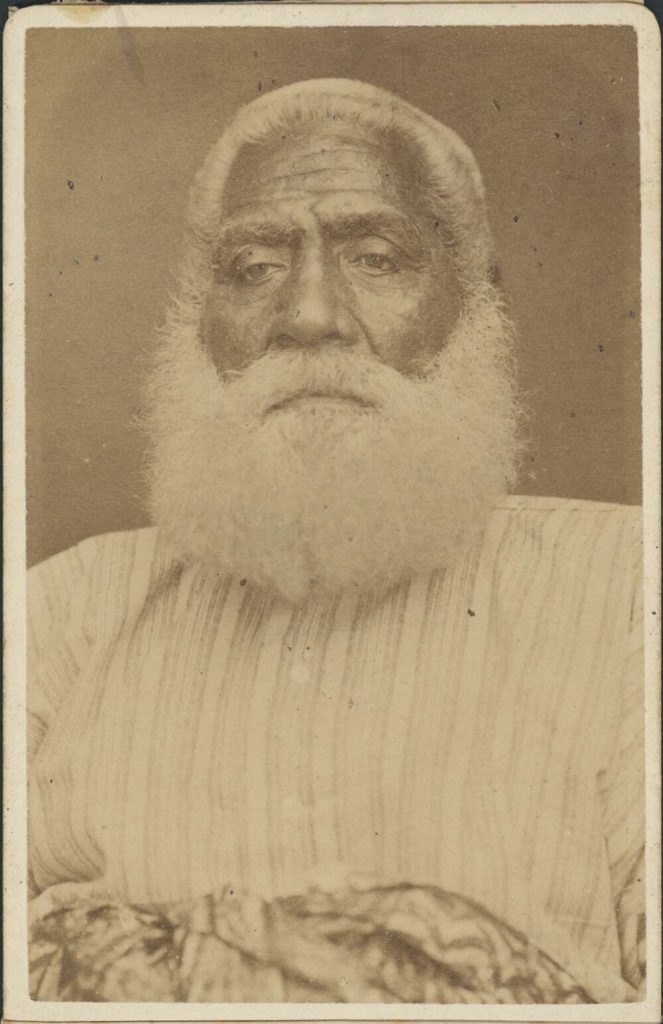
Once he had established himself as the most powerful chief in the region he declared war on all Christians in Fiji and attempted to wipe them out.
The Christians however were supported by the recently converted Tongans and the British and were able to resist Cakobau’s attempts to wipe them out.
During this time the Europeans and their Christian allies fought bitter and ruthless battles with the traditionalist Fijians, with both sides occasionally massacring entire villages.
After further skirmishes with Europeans and an American government representative, the Americans sent some ships to blockade Cakobau’s main island base and on 1854 he surrendered to them.
He converted to Christianity and joined the Tongan, American and British troops in fighting the remaining traditionalist Fijians and converting them to Christianity.
Cakobau was established as essentially a puppet King of Fiji under European and American control. Some Fijians in the interior regions of the islands continued to live the traditional lifestyle and reject Christianity. These people would latter clash with a wave of American and Australian settlers who arrived to grow cotton during the American Civil War.
On 10 October 1874 the islands of Fiji were formally annexed into the British Empire with King Cakobau signing an agreement with the British. Over the next few decades, the British fought numerous uprisings by more traditionalist Fijians, who advocated for a return to the old ways and for the expulsion of settlers on the islands. It was also during this period that many indentured Indian workers were brought to the islands to work on plantations. This would be the beginning of the Indo-Fijian identity, which would become one of the dominant groups on the island, making up 38% of the population of Fiji today.
With the outbreak of the Second World War, native Fijians were allowed to enlist in the British armed forces and thousands of people signed up for the Fiji infantry regiment which fought under the Australians in the Solomon Islands campaign, where they distinguished themselves for bravery.
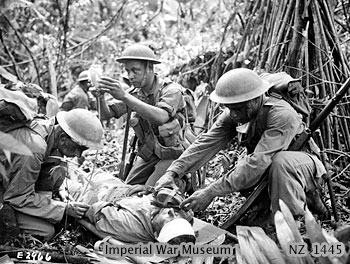
During the dissolution of the British Empire, in 1965 the British hosted a conference to discuss the future of Fiji and its eventual independence. The push for independence was strongly supported by Indo-Fijians, who believed they would dominate an independent government, but was strongly opposed by indigenous Fijian chiefs.
Eventually the two sides agreed on a compromise which would see the new nation’s political system divided along ethnic lines, granting the indigenous Fijians and Indo Fijians 22 seats each in the 52-seat parliament, with two voters’ rolls, one for each ethnic group. There would also be an additional 8 seats reserved for minority voters and candidates such as Europeans, Chinese and Banaban islanders.
Finally on 10 October 1970, Fiji would become independent.
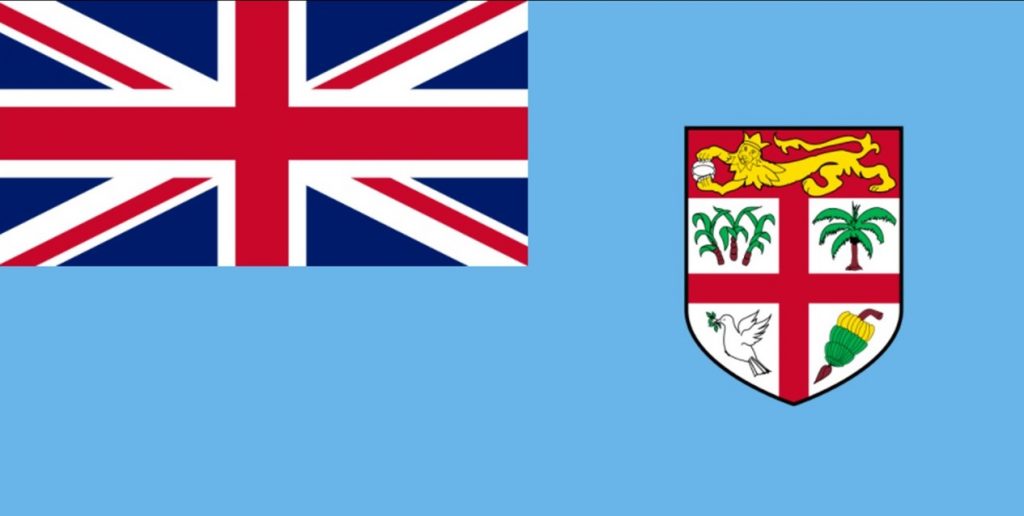
If you like what you have just read, support the Daily Friend

